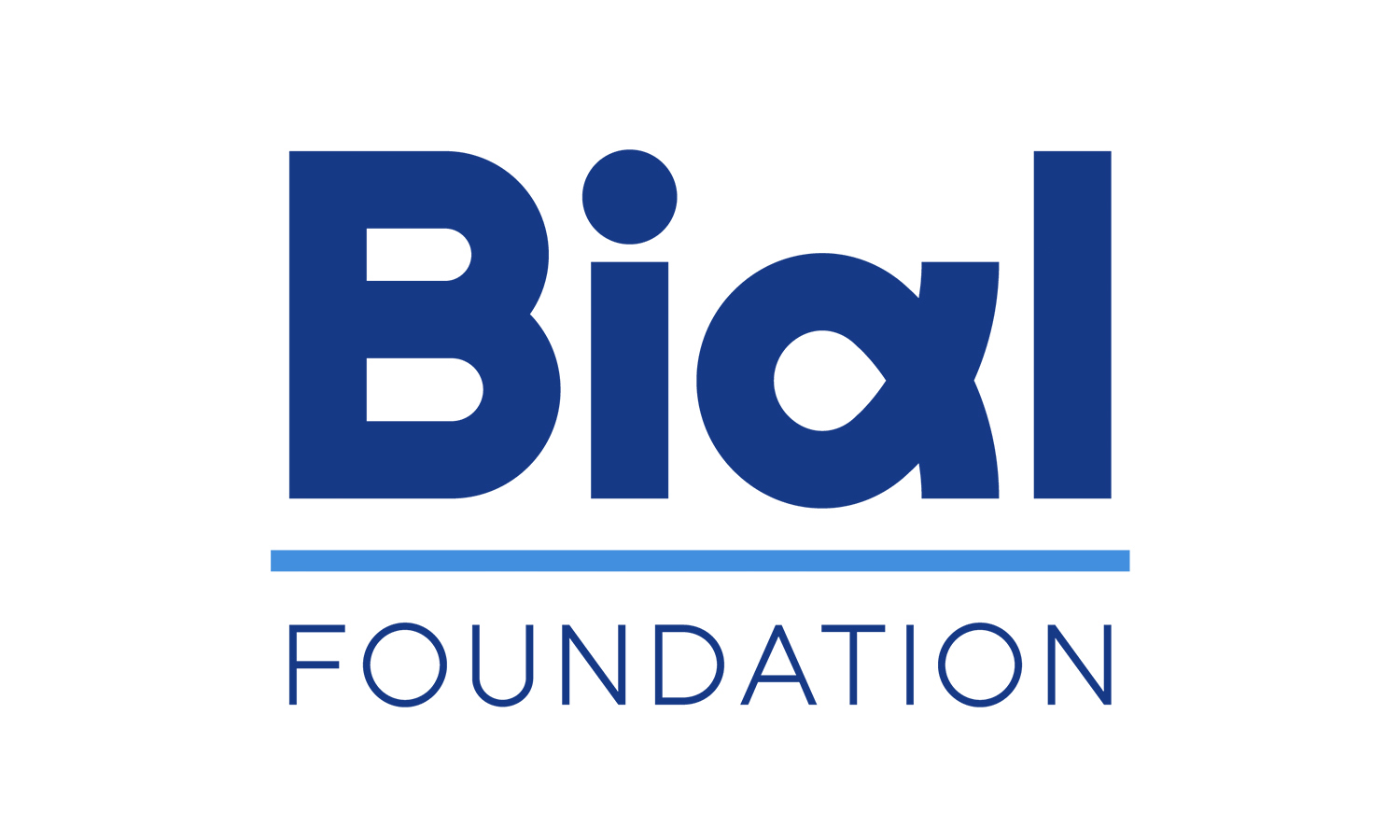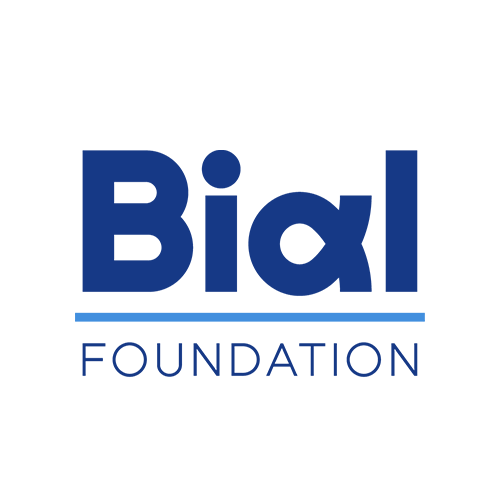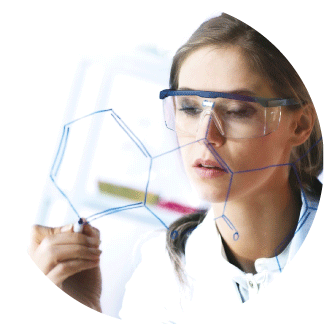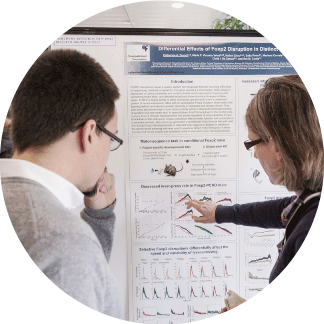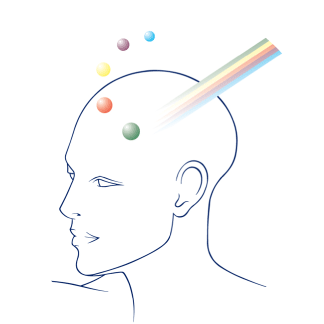News
Top Stories

Dream and daydream: differences and similarities
Did you know that daydreams reflect events from the previous two days and “night” dreams resemble a fictional plot?

Does your dog have social skills?
A study suggests that viewing the owner’s face works as a positive social reinforcement for dogs. Learn more about this and other surprising results about “man’s best friend”.
News

A new method for transection and retraction of the superior sagittal sinus in rats
Luísa Lopes and Miguel Remondes, team leaders of project 135/18 - The physiological role of circadian rhythms in memory, supported by the BIAL Foundation, published in the journal eNeuro the paper Transection of the superior sagittal sinus enables bilateral access to the rodent midline brain structures.
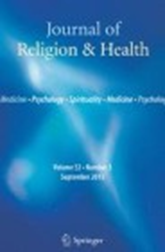
Transcendent experiences among pilgrims to Lourdes
The research team led by Paul Dieppe published the paper Transcendent Experiences Among Pilgrims to Lourdes: A Qualitative Investigation in the Journal of Religion and Health featuring some of the results of project 118/16 - The experiences of participants in religious healing rituals in Lourdes: The role of noetic meaning and identity shift, supported by the BIAL Foundation. “Millions of pilgrims visit Lourdes each year, often seeking revitalisation rather than miraculous cures. We sought to understand the phenomenon of transcendent experiences. We spoke with 67 pilgrims including assisted pilgrims, young volunteers and medical staff. About two in five reported a transcendent experience: some felt they had communicated or had close contact with a divine presence, while others reported a powerful experience of something intangible and otherworldly. Transcendent experiences are an important feature of pilgrimage to Lourdes and the place offers the faithful a means of connecting with the divine, with nature and with the self.”
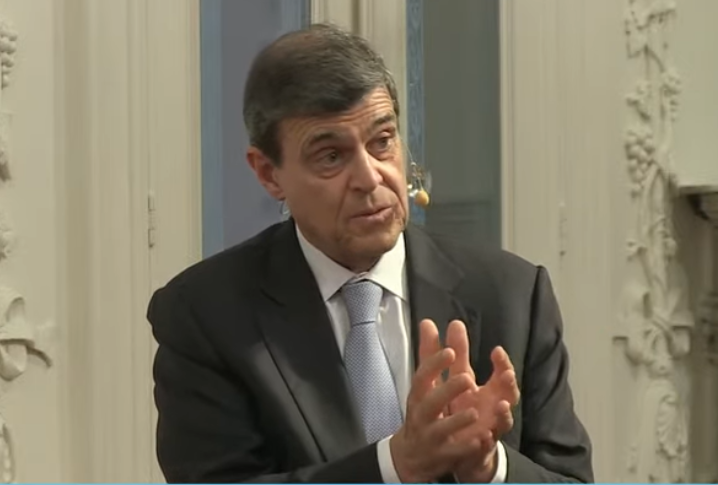
Luís Portela awarded with the Scientific Merit Medal
Luís Portela, Chairman of the BIAL Foundation, was awarded today with the Scientific Merit Medal, by the Ministry of Science, Technology and Higher Education. The Medal was presented during the event “What if? Science and Scientific Culture in the future of Europe”, which took place at the Biodiversity Gallery – Centro Ciência Viva, in Porto. In addition to Luís Portela, Artur Santos Silva and Manuel Sobrinho Simões were also awarded today the Scientific Merit Medal. The Scientific Merit Medal is intended to reward national or foreign individuals who, due to their high professional qualities, have been distinguished for their valuable and exceptional contribution to the development of science or scientific culture in Portugal.

